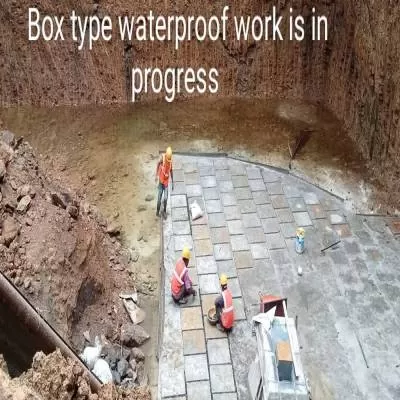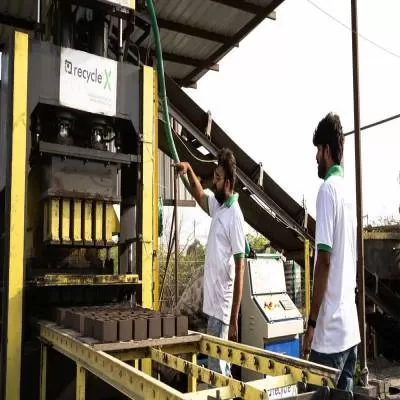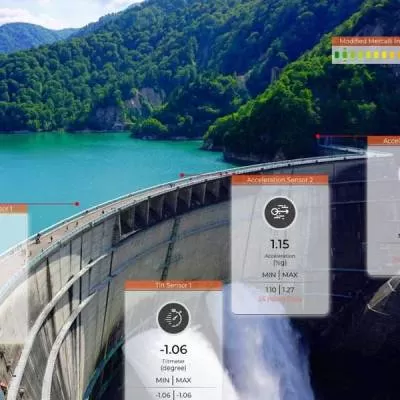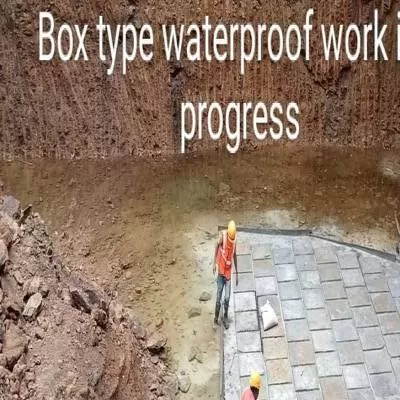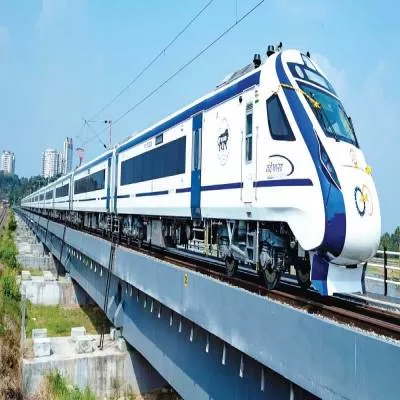- Home
- Infrastructure Transport
- RAILWAYS & METRO RAIL
- Constructible BIM will make construction more efficient, more global and more connected, writes Paul Wallett, Regional Director, Trimble Solutions India and Middle East

Constructible BIM will make construction more efficient, more global and more connected, writes Paul Wallett, Regional Director, Trimble Solutions India and Middle East
The continuing march of technology in the modern age has impacted the construction industry in many more ways than meets the eye. For an industry that has not seen significant technological change over the past couple of decades, the arrival of 'Constructible BIM' is no less than a revolution. <br /> <br /> Earlier, constructing a building required numerous blueprints and models that had to be exchanged between multiple designers, engineers and contractors, where even small edits in design had to be manually adjusted in every plan and the slightest discrepancy could lead to considerable financial loss. Today, however, it has become easy to eliminate the many layers of interventions by providing a single building information model (BIM) for the entire life-cycle of a project û from design to construction to the building's operations. <br /> <br /> <span style="font-weight: bold;">Constructible BIM at work</span><br /> Constructible BIM enables the creation and management of accurate, detailed, highly constructible 3D structural models, regardless of material or structural complexity. It also allows the complete visualisation of a project right from the conception to the end of the project. Building information modelling or BIM, as this process as often referred to, is a must for engineers and contractors to be able to make them competitive, credible and differentiated. <br /> <br /> The traditional scope of BIM is fast giving way to the significantly more advanced concept of 'Constructible BIM' with an eye on the need to address growing complexity in building design and construction. The term 'constructible' defines the ease and efficiency with which structures can be constructed from a 3D model. If a BIM model is accurate and detailed enough, the constructability of a building can be tested in advance to make sure that errors, rework, wastage etc, is minimised and the project is predictably profitable. <br /> <br /> However, it is important to underline that while all constructible models are BIM-complaint, not all BIM models are constructible. 'Design models' and 'constructible models' differ on the accuracy, development and details present in the model. While all BIM models can be used to communicate a building concept, they require data to support construction, fabrication and procurement to be 'constructible' 3D models - something the industry really needs today. <br /> <br /> A constructible model allows designers, engineers and contractors to streamline their processes and improve efficiency and productivity throughout the project life-cycle. Architects use Constructible BIM to create a centralised digital (virtual) representation of important information related to a building; MEP contractors use it to reduce model creation and data capture overheads; contractors use it to estimate, plan and manage construction; and building owners can use the same BIM model for the operations and maintenance of structures throughout their life-cycle. Thus, Constructible BIM allows all stakeholders to work efficiently, collaboratively and synergistically towards constructing and operating a modern building. It also helps reduce construction costs, increase construction speed and efficiency, minimise construction waste and increase sustainability over a building's lifetime. <br /> <br /> <span style="font-weight: bold;">Constructible BIM education and adoption </span><br /> While the projects being delivered by Trimble customers are exemplary, the wide-scale adoption of Constructible BIM is also being facilitated through proper training and guidance to ensure its proper implementation in the construction process. <br /> <br /> Constructible BIM is actively being added into the curriculum across colleges and universities to train engineers to be future-ready. In Europe, some academic institutions are even working to create a common framework for BIM education to ensure all students have the proper skills required for the next generation of construction. Programmes like Tekla Campus encourage this transition by granting students free access to Constructible BIM software, like Tekla Structures, and providing support and instructions through online tutorials and on-site training sessions.<br /> <br /> In India, Trimble has launched the Tekla Authorised Training Centre (ATC) programme across the country to build a pool of skilled and talented engineers and construction professionals that can contribute to the ongoing transformation of the Indian construction industry. Trimble has so far trained and certified over 700 professionals through its ATCs, and aims to grow this number to 10,000 professionals by 2020.<br /> Even though there are many factors driving the surge in Constructible BIM, its adoption in India is still not happening at a desirable pace. Early adopters like Larsen & Toubro (L&T) have embraced Constructible BIM in true letter and spirit. The adoption of the latest technologies by any company is directly related to the management's vision, desire to improve internal processes and become more competitive, and it is a matter of pride that nearly every progressive company in the construction industry and its ecosystem today has adopted Trimble's Constructible BIM û and the number keeps growing with every passing day. <br /> <br /> To encourage this continuous adoption and recognise outstanding projects that are pushing the boundaries, Trimble conceptualised and announced the Tekla BIM Awards a few years ago. The intent was to raise awareness and enthuse the community about Constructible BIM wherein, every year, a jury of industry experts selects the best regional BIM projects constructed with Trimble's BIM software (Tekla Structures) and acknowledges their stupendous performance at its Annual User Conference. <br /> <br /> <span style="font-weight: bold;">Constructible BIM - the future of construction </span><br /> Although it is still unclear when Constructible BIM will become a de facto standard, some things are certain: The construction industry is ready for a disruption, digitisation is going to be the crucial enabler for it, and Constructible BIM is an important change agent. As more and more industry players adopt Constructible BIM, construction will become more efficient, more global and more connected. From housing and bridges to factories and skyscrapers, Trimble will ensure that constructibility continues to be a practical, everyday issue solver for the industry, which will hasten its adoption and bring manifold benefits to the industry.<br /> <br /> <br /> <span style="font-weight: bold;">About the author: <br /> Paul Wallett, Regional Director, Trimble Solutions India and Middle East,</span> is responsible for business operations, management of overall strategy for India and the UAE office, and aims to build on Trimble Solutions' double-digit growth in the recent years. He brings 25 years of in-depth international and regional experience to his post, having worked in the software industry in the UK, Far East, the US, and the Middle East over the past 17 years.<br /> <br /> Share your views on Construction Technologies at feedback@ConstructionWorld.in<br />


